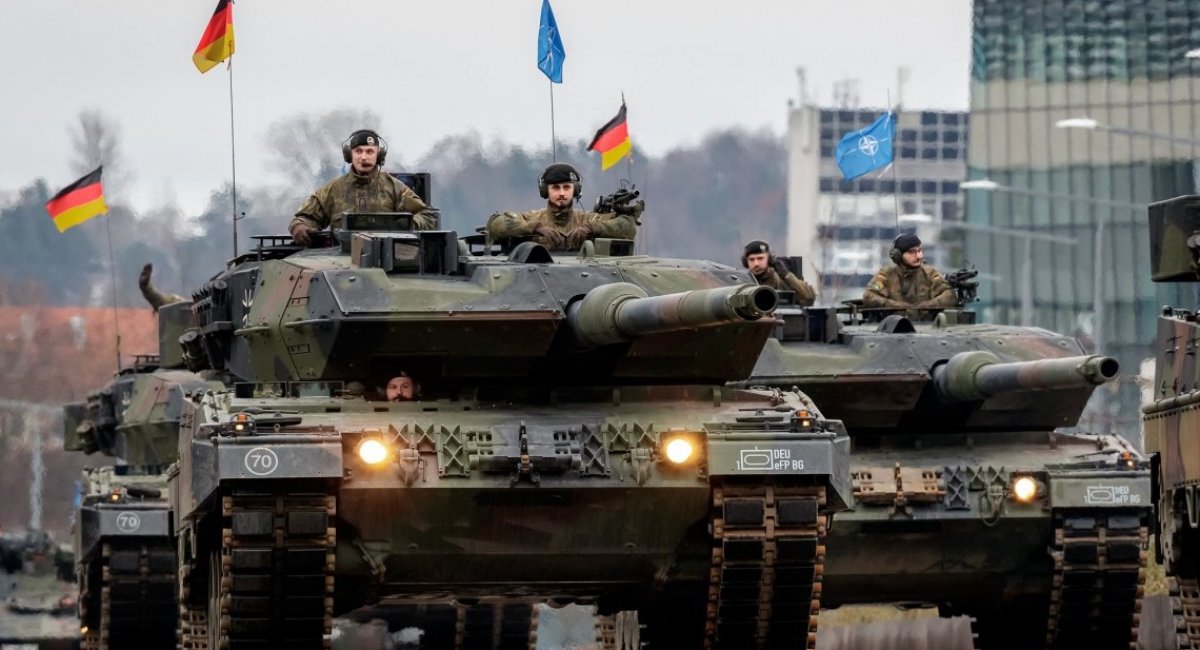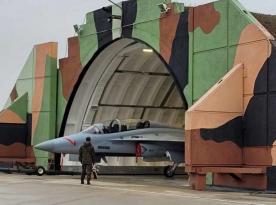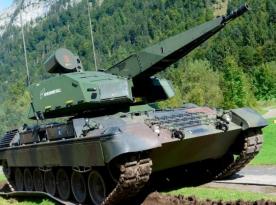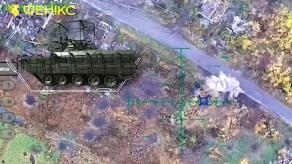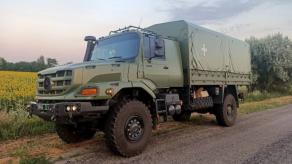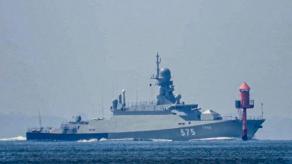Germany is only now beginning the approval of the budget, which has become hostage to political processes and the change of the Chancellor. Namely, it's the budget for 2025, which will remain in effect until the next one is adopted, which could also be delayed.
Moreover, it is likely to become the budget for 2026, because considering German legislative bureaucracy, it may only be approved at the end of September, as reported by the German publication Europäische Sicherheit & Technik. The outlet also cites the main figures for defense spending, which are to total €86.56 billion from the budget and a special fund.
Read more: Germany to Invest Over €100 Million in Production of Ukrainian An-196 Liutyi Strike UAV
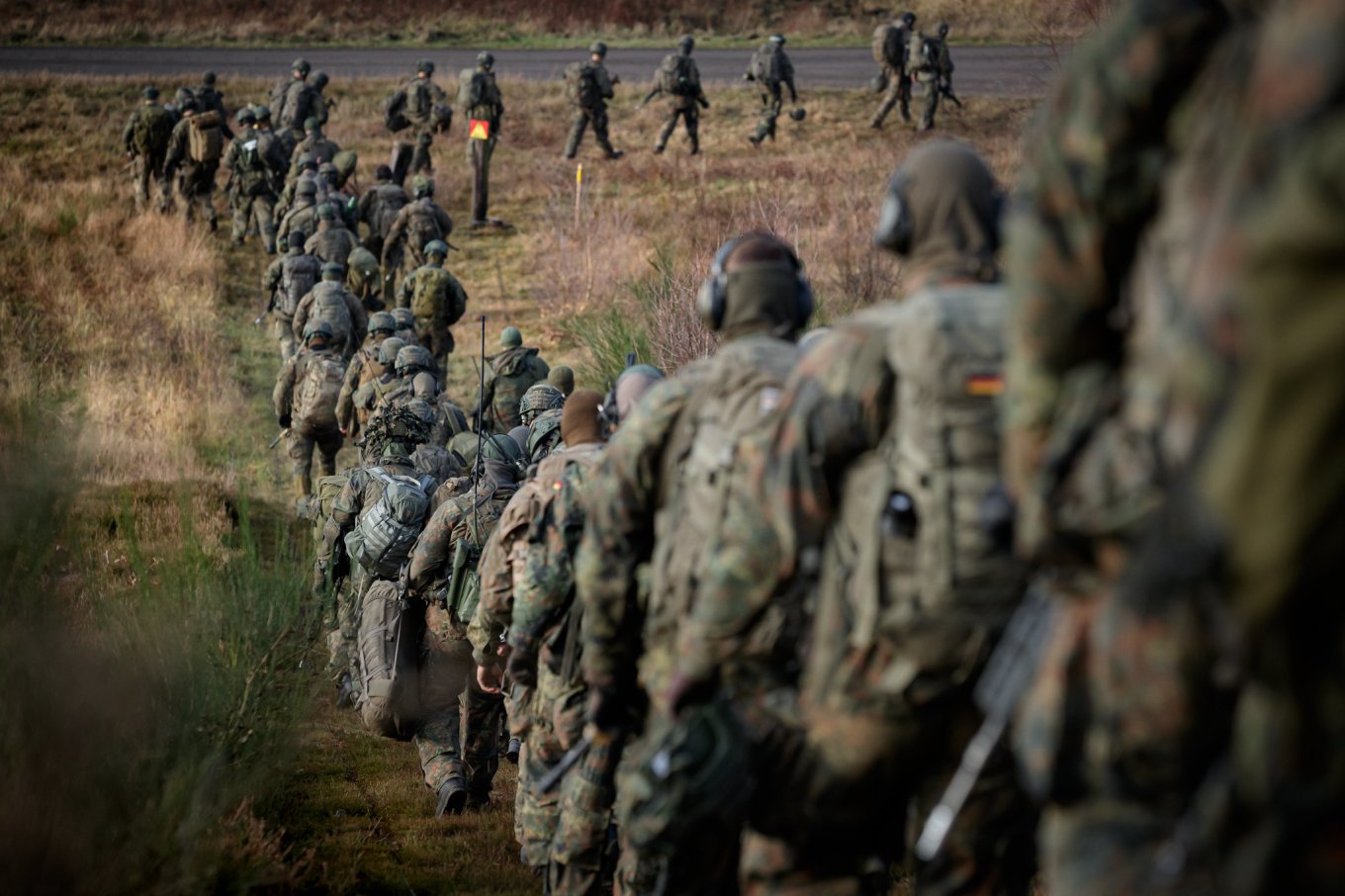
The budget itself foresees €62.43 billion in defense expenditures, which is more than last year’s figure of €51.95 billion. Germany has planned to spend €17.43 billion euros of budget funds on personnel, €6.79 billion on material support, and €9.79 billion on construction projects. Only 8.24 billion euros are allocated for arms procurement, which is just 5.5 million euros more than the 2024 figure.
However, an additional €21.64 billion for arms procurement was drawn from a special fund, which overall is set at €24.06 billion for this year. The publication notes that this distribution is quite a negative factor because these funds must be spent, i.e., arms procurement contracts must be concluded, by the end of the year.
It is also important that this budget draft plans the defense spending up to and including 2029, and these are very large figures. Specifically, in 2026, only budget funds (without the special fund) are to be spent on defense in the amount of €82.69 billion, and in 2027 — €93.35 billion.
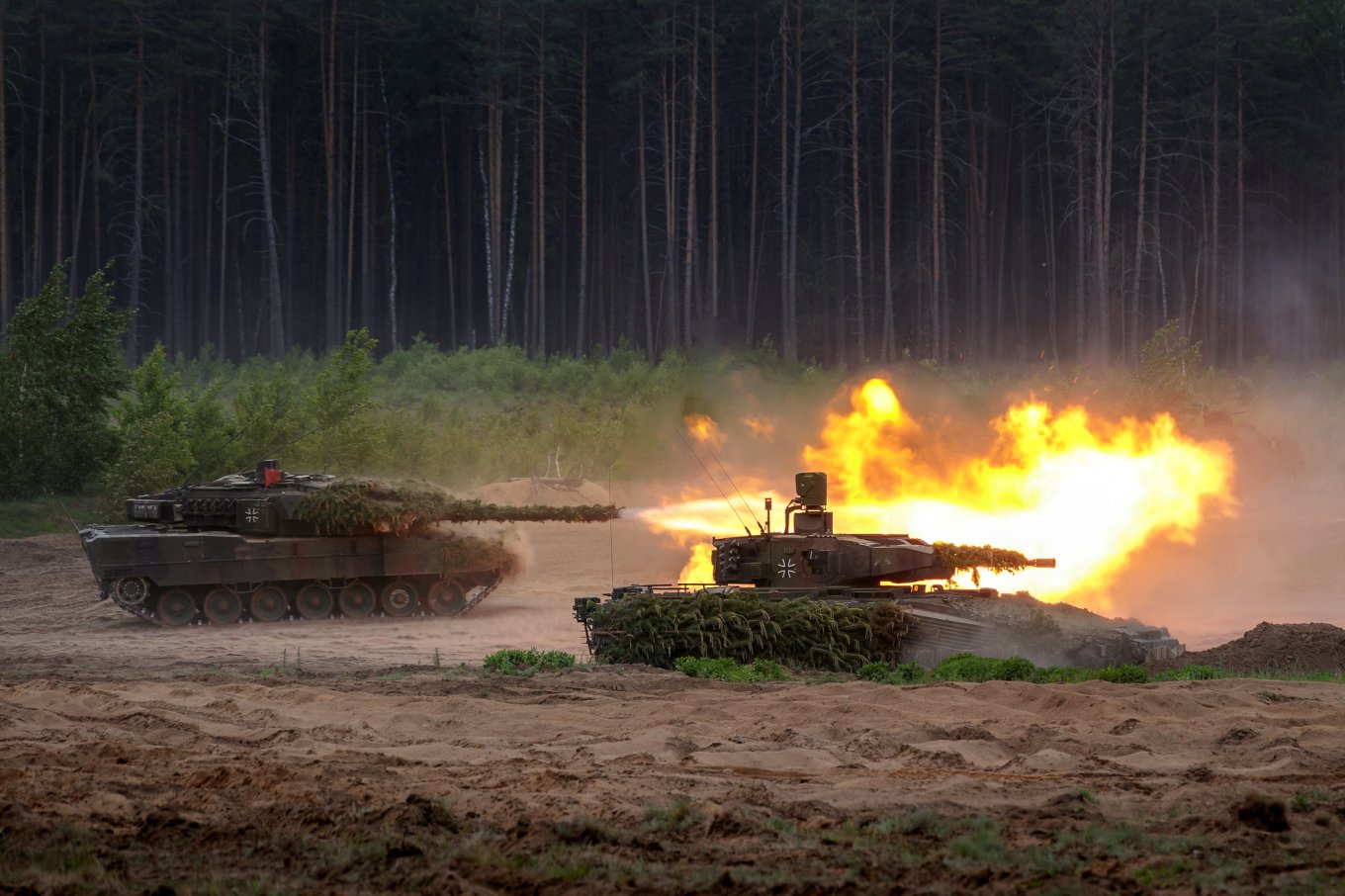
In 2028, the German defense budget will sharply exceed the 100 billion euro mark and is expected to be €136.48 billion, and in 2029 it should rise to €152.83 billion. This rapid growth is related to the plan to reach 3.5% of GDP spending on defense, as well as the removal of debt limits on defense expenditures.
These expenditures include rather ambitious and large-scale arms projects. In particular, part of the €22 billion is intended to guarantee ammunition procurement until 2037. Also planned is the purchase of additional Boxer wheeled combat vehicles for €3.9 billion, as well as the controversial Puma infantry fighting vehicles for €4.7 billion.
However, it is worth noting that not all in Europe share such investments in their own security. In particular, Spain, which spends the smallest share of GDP on defense among all NATO countries, has stated that commitments regarding 5% mean nothing. As quoted by Infodefensa, during the recent NATO summit in the Hague, Spanish defense minister Margarita Robles said 2.1% spending was "sufficient to meet our capabilities," and that Spain has no legally binding obligation to boost the defense budget.
Read more: 1224 Days of russia-Ukraine War – russian Casualties in Ukraine




